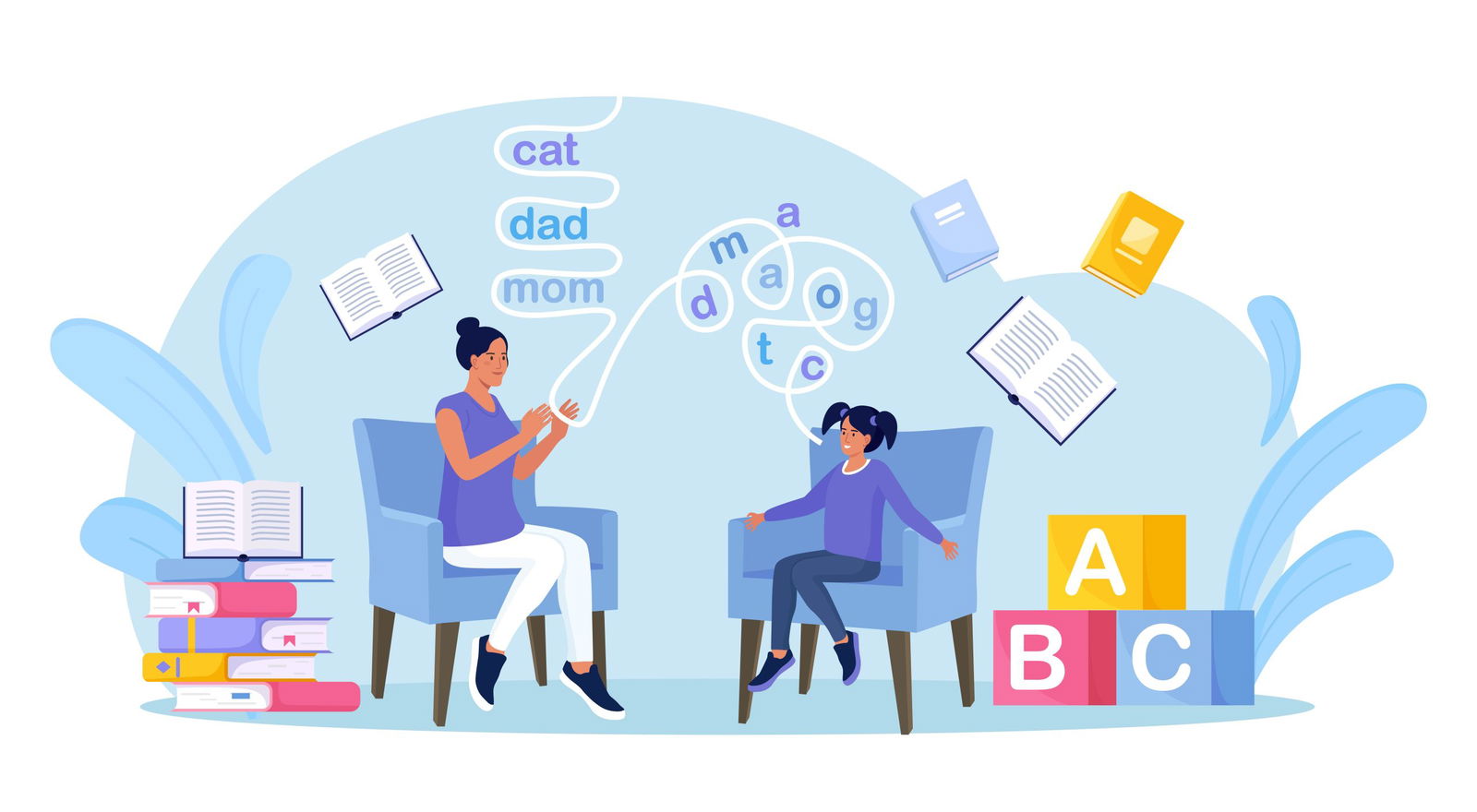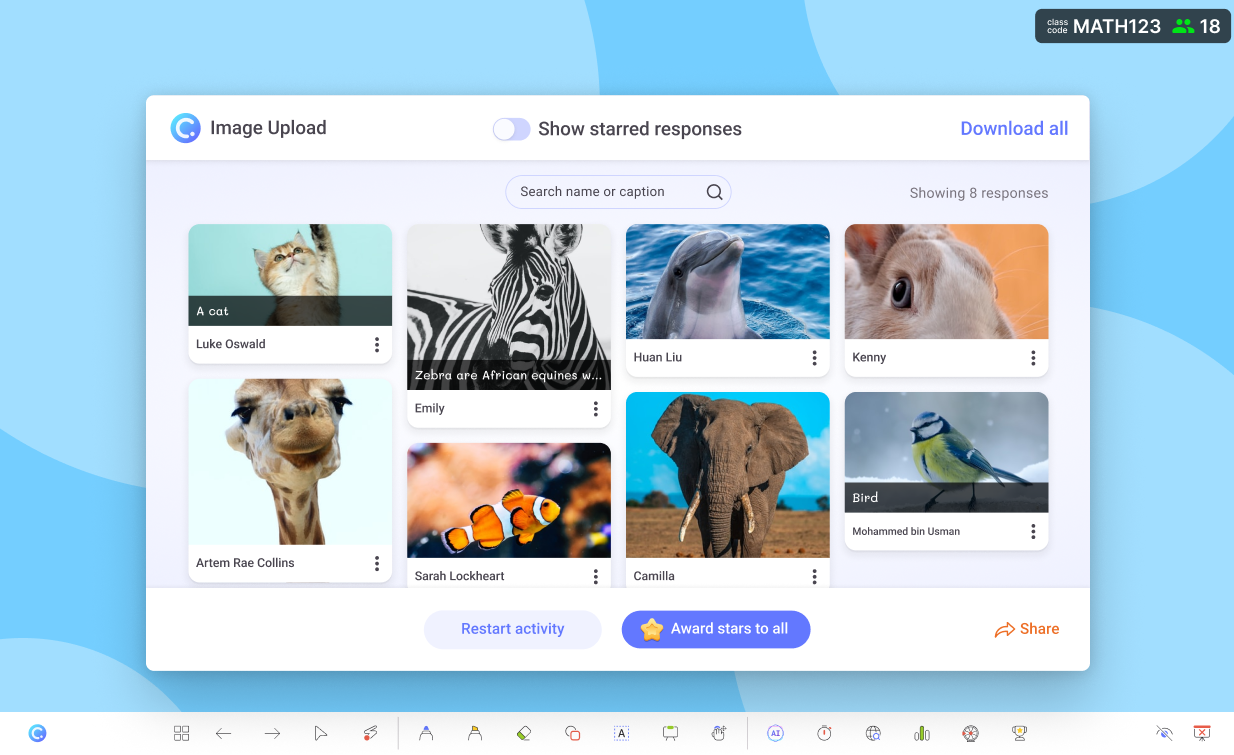Every classroom today is a blend of diverse learners: students who come with different abilities, backgrounds, and learning preferences.
As teachers, the goal isn’t just to deliver lessons, but to ensure that every student feels seen, valued, and supported. This is the essence of inclusive teaching.
Inclusive teaching focuses on designing lessons and activities that engage all learners, regardless of their starting points. It’s about making learning flexible and accessible so that every student has an equal opportunity to succeed.
In this blog, we’ll explore what inclusive teaching means, why it matters, and how teachers can make it happen using practical strategies and tools to engage every learner.
What is Inclusive Teaching and Why It Matters

At its core, inclusive teaching is an approach that recognizes and celebrates diversity in the classroom. It means intentionally creating lessons that reach all students: those who learn best through visuals, hands-on practice, collaboration, or quiet reflection.
An inclusive classroom gives students multiple ways to understand, engage, and demonstrate what they know. It values each student’s perspective and ensures that no one is left behind due to differences in ability, background, or learning style.
Inclusive teaching is important to students because it helps build a sense of belonging and academic self-concept. When students see themselves represented and their needs understood, they’re more motivated and engaged.
Beyond academics, inclusive teaching encourages empathy, collaboration, and respect for others. It prepares students for a world that thrives on diversity and helps them develop critical skills like communication, adaptability, and teamwork.
Strategies for Effective Inclusive Teaching

Here are practical, research-backed strategies to help teachers make inclusive teaching more engaging and accessible for every learner:
1. Differentiate Instruction
Every student learns differently. Some need visuals, others need time to process, and some thrive on hands-on experiences. Differentiated instruction allows teachers to adjust lessons based on readiness, interest, or learning profile.
How to do it:
- Begin with diagnostic assessments or informal check-ins to identify learning needs.
- Offer multiple task types: essays, infographics, or short videos.
- Provide scaffolded support for students who need guidance, and extension tasks for advanced learners.
- Rotate teaching modes (lecture, group work, and interactive questioning) to keep engagement balanced.
When done right, differentiation ensures that learning remains fair without being uniform.
Check out our curated list of 25 Modern Differentiated Instruction Strategies That Propels Any Classroom to Success.
2. Use Multiple Means of Engagement

Engagement happens when students find personal relevance in what they’re learning. Inclusive teaching invites curiosity by giving students a say in how they connect with lessons.
Allow students to choose classroom activities, may it be a debate, a creative poster, or a digital reflection. By giving students autonomy in learning their learning choices, they are more likely to increase their motivation and sustained attention.
3. Encourage Student Voice and Collaboration
A 2022 study reported that peer collaboration improved social integration and empathy among students of different backgrounds, the two pillars of inclusive learning.
In an inclusive classroom, students don’t just learn, they contribute. Encouraging voice builds confidence and belonging, especially for those who rarely speak up.
4. Offer Continuous Feedback and Reflection

Feedback should be a bridge, not a barrier. Inclusive teaching emphasizes feedback that guides students forward rather than simply pointing out errors.
To help you get started with offering feedbacks to students, consider these tips:
Tip no. 1: Provide quick, formative feedback using short quizzes or self-assessments.
Tip no. 2: Focus comments on progress (“You’ve improved your structure!”) instead of only outcomes.
Tip no. 3: Encourage self-reflection by asking students to write short reflections after each unit.
When students reflect on their growth, they become active participants in their own learning journey — a key feature of inclusive teaching.
Not sure where and how to start? Here are 6 Proven Feedback Strategies That Make Students Ask for Feedback Themselves.
5. Create a Safe and Supportive Learning Environment
An inclusive classroom starts with trust. When students feel safe to express themselves, they take more intellectual risks and engage more deeply.
To build this culture:
✅ Greet students by name and acknowledge their contributions.
✅ Use positive reinforcement and encourage peer encouragement.
✅ Normalize mistakes by framing them as part of the learning process.
✅ Keep your classroom visually welcoming with inclusive posters or visual aids.
Research from Harvard Graduate School of Education highlights that classrooms built on emotional safety lead to higher engagement and reduced behavioral issues, both essential for inclusive teaching.
How ClassPoint Supports Inclusive Teaching

ClassPoint offers interactive tools that bring inclusive teaching to life directly inside PowerPoint. Here’s how teachers can use its features to support diverse learners:
| ClassPoint Feature | How It Supports Inclusive Teaching |
|---|---|
| Interactive Quizzes | Lets every student participate equally from their own devices. Various question types (multiple choice, fill in the blank, word cloud, etc) cater to different learning preferences. |
| Random Name Picker | Ensures fair participation by randomly selecting students, giving quieter ones a chance to share without pressure. |
| Image/Video/Audio Upload and Slide Drawing | Perfect for visual and kinesthetic learners. Students can upload pictures/videos/audios, draw, or annotate slides to express their ideas creatively. |
| Short Answer and Quick Poll | Helps students who may struggle to speak in class share their opinions anonymously. Teachers can instantly gauge understanding and sentiment. |
| Live Inking Tools | Makes complex topics clearer through visual explanations, supporting students who need extra reinforcement or alternative examples. |
| Gamification and Leaderboard | Motivates students through fun, inclusive competition. Teachers can focus on rewarding effort, creativity, and improvement, not just correctness. |

Through these features, ClassPoint helps teachers design lessons that reach every learner, making inclusive teaching both engaging and practical.
FAQs
What are some challenges teachers face when implementing inclusive teaching?
Teachers often face challenges such as large class sizes, limited time for lesson adaptation, and lack of training or resources. Despite these, inclusive teaching can be achieved through gradual adjustments like using technology tools, flexible assessments, and active learning strategies that accommodate all learners.
How can teachers assess learning effectively in inclusive teaching?
In inclusive teaching, assessments should measure understanding in multiple ways. Teachers can use quizzes, projects, or reflective tasks that let students demonstrate learning according to their strengths. Continuous formative assessments are key to providing timely support.
What role does classroom environment play in inclusive teaching?
A positive, respectful environment is essential for inclusive teaching. Classrooms that promote empathy, patience, and collaboration help students feel safe to express themselves. Visual aids, clear instructions, and flexible seating also support different learning needs.
Can inclusive teaching work in online or hybrid classrooms?
Yes. Inclusive teaching applies to both traditional and digital settings. In online or hybrid environments, teachers can use interactive tools like polls, breakout rooms, and quizzes to keep students involved and ensure everyone can contribute.
How can teachers start practicing inclusive teaching with limited resources?
Start small. Use free or built-in tools to make lessons more participatory, such as adding visuals, using open discussions, or asking for student reflections. Inclusive teaching is less about expensive resources and more about thoughtful lesson design that values every learner.
